Modern Cloth Nappies. A Simple Illustrated Guide.
It’s pretty standard that when most people think of cloth nappies they think of terry toweling, pricks from safety pins and boiling nappies on a stove top. Well thankfully all those are a thing of the past. Except for terry nappies actually, there’s a lot to be said for some old school things, though there’s now no need to cover them with plastic pants or use safety pics.
Modern cloth nappies come in 5 main styles. Pocket nappies, all in ones, all in twos, a two part system and fitted nappies. The main difference between these and the old fashioned nappies you or your parents may have worn, is the materials used and the shape to make them easier to use, easier to wash and more comfortable for baby. Modern technology means we no longer need to boil, sterilize, or scrub our nappies.
As modern cloth nappies now come so many styles, constantly growing in popularity it can seem overwhelming and confusing when first looking into them. As can the lingo surrounding them. You may read all the info and still be wondering what the difference between an AIO and a pocket nappy is, because surely you’re still stuffing a pocket so why call it something else?
Becoming familiar with modern cloth nappies.
The 5 main styles of modern cloth nappies.
Pocket Nappies.
All-In-Ones.
All-In-Twos
Two part systems (such as flats, terries or pre-folds.)
Fitted Nappies.
It is hard deciding which might be for you unless your looking and using at a physical product. This is were Nappy Libraries can be a real help. Unfortunately, reusable nappies aren’t yet mainstream enough to be able to walk into your local shops and browse. Nappy Libraries will allow you do this and will offer you an invaluable advice.
But you might, like me not have a local nappy library so I’ve put together this illustrated guide to help you understand what you want to try and buy.
Pocket Nappies.
Pocket nappies come with as outer shell with a pocket to place an absorbent insert between it’s waterproof layer and soft fleece layer which will sit next to babies skin.
Pocket nappies make up the majority of my stash. We like them because they are easy to use and quicker drying than many all in ones. This is because the insert (the absorbent part of the nappy) comes out when being washing and can be hung to dry separately, therefore quicker drying time. You can also buy extra inserts cheaply, meaning because the outer shell dry’s so quickly you can add your extra inserts in without having to wait for the others to dry.
The only con to these nappies is they do need stuffing. Its a quick and easy job putting them all back together and one many parents will tell you is a satisfying one. Or you might be the type of person to leave them all in a pile and quickly do it while baby is on the changing table. This actually probably the quicker option but I like to have them all stuffed, ready and looking pretty in the drawer.
Pocket nappies also have a fleece layer meaning you do not need to add a liner to wick moisture away from babies bottom unless you want to for poo cleaning reasons. More on this later.
All in One (AIO).
All-in-One cloth nappy are exactly what they say on the tin. One nappy with the absorbent insert sown in to make it all in one.
Some all in ones like the Bambino Mio shown below still have a pocket. This mean, although the insert is still sown to the outer nappy, it came be pulled out for better washing and quicker drying. This means you can also add extra inserts easily into this pocket.
Benefits to all-in-ones are there’s no loosing anything and they are very simple to use. Cons often come with drying time. The two nappies in the pictures below are made from micro-fiber which is a quick drying material, others such a tots bots, made from bamboo, a more absorbent material take forever to dry, though it’s a good slim nappies that lasts well on babies bum. Another con for all-in-ones could be that you are unable to switch up which material is inside depending on babies needs. Though you can do this with boosters.
The Motherease Wizard Uno pictured below is also an all-in-one, different because the insert is sown to both ends of the nappy. This means unlike the Bambino Mio Solo you can not pull it out, though you can turn it inside out for quicker drying. You can still slide extra boosters into this style of all-in-one (shown below). A benefit to this style is no stuffing, it is very quick to prepare, ready for babies bum.
Again most all-in-ones have a fleece lining or stay dry layer, as you can see with the wizard uno (below) I have added my own anyway.
All in Two (AI2).
All-in-two cloth nappies come as an outer waterproof shell with an absorbent insert that can be clipped or simply laid on the waterproof shell of the nappy.
This system is a particular favorite with many cloth parents because you can use the outer wrap more than once, simply replacing the absorbent insert on top. This makes them a good budget option. Simply take out the wet insert, wipe down the outer shell, and or hang it out to dry and rotate with 2 shells in a day and add a new insert in before popping it back on baby.
However, I have to admit I never did get along with these, having a couple in my stash I still always put the whole thing in the nappy bin and grab out a new nappy. I just find this works better for me (even though I thought I would love them when I was pregnant.) It’s very much personal preference and depend on your budget, like I said they can be a great money saving option.
Most all-in-twos do not come with a stay dry layer so you will need to check this and add a fleece liner if not.
A Two Part System Cloth Nappy.
A two part cloth nappy system consists of an absorbent inner layer, this could be a terry towel or a muslin folded to make a nappy and fastened with a nappy nipper or a pre-fold laid flat on an outer shell/nappy wrap. The outer shell is then fitted over the nappy to make a water proof layer.
Like with an all-in-two nappy these are popular with parents because you can change the inside layer and reuse the outer shell 2-3 times as long as it is not soiled. It makes it a much cheaper option. You can fold nappy and add boosters easily to suit babies current needs and these are quick drying.
This make them a good option for newborns especially, when you don’t want to fork out a lot of money on nappies that will be used for a shorter period of time and as they dry quickly work well for the more frequent changes you do with a newborn.
Fitted Nappy.
Fitted or shaped nappies is a general term used to describe a cloth nappy that does not have a waterproof outer shell but is just one soft absorbent material that fastens with velcro or poppers.
Fitted nappies are great for night time use as they are highly absorbent but tend to be bulkier and take slightly longer to put on baby. This often puts parents off using them in the day. Fitted nappies will need a waterproof cover/wrap/outer shell over the top to complete the nappy.
Other cloth nappy lingo.
Wrap/Cover.
Now I’ve been talking about outer shells quiet a lot. This is a wrap or a cover. This is what will keep everything in and is the part with the pretty patterns on for the rest of the world to see.
Liners.
Liners can be reusable or disposable. I personally do not like disposable liners as they stick to babies bottom, get scrunched up and have to be disposed off. (Note disposable liners are not flushable, especially in the UK our Victorian water systems can not cope with such things being flushed down the loo.) Fleece liners on the other hand keep baby feeling dry (these are a must if there is not a fleece lining or stay dry layer already in the nappy), and they make disposing of the poo much easier. Simple shake the liner in the toilet and let things plop in. Or hold the liner in the flush for messier situations.
Boosters.
Booster and inserts for cloth nappies are essentially the same thing. They both provide an absorbent layer for urine to be soaked up and held in the nappy.
Generally the term insert is used for what comes with the nappy, for example in a pocket nappy. The term booster is the used when using an extra insert to boost the nappy if more absorbency is needed. For this I usually use a thinner and more absorbent material such as bamboo or hemp.
BTP (Birth to potty).
Birth to Potty is a phrase used to describe a nappy with adjustable sizing. Therefore seeing your baby through from birth until potty training. A fitted nappy is more often than not “one size” meaning you’ll need to buy more as your baby grows.
Nappy Nipper.
A nappy nipper is a clever device used to fasten a nappy together instead of the traditional (and dangerous) safety pin. A nappy nipper would generally be used on a nappy that does not have velcro or poppers such as a terry nappy, a pre-fold or a muslin that had be folded into a nappy to hold it together at the front.
Why washing modern cloth nappies are so much easier. No need to sterilize.
Thankfully we no longer need to scrub, soak, boil or sterilize our cloth nappies because of the wonderful washing machine. Our washing machines are now highly efficient at getting our clothes (and nappies) super clean. By washing at 60 degrees and using the correct dose of washing powder you do not need to worry about hygiene problems.
Nurses trust them to get their uniforms cleans, mechanics trust them to get all the oil and grease out of their overalls and I trust them to get my nappies super clean and ready to put back on my babies bottom.
However I would still recommend knowing your stuff when it comes to washing. See it as giving your washing machine a little helping hand. Or perhaps having the knowledge to get the most out of your washing machine. Head over to my post on Washing Your Reusable Cloth Nappies to understand why having a good wash routine is important and what one looks like. It’s not something to worry about or over complicate but it is also something not to be over looked or you could end up with problems. We did indeed find ourselves with a build up of ammonia and rather smelly nappies after using a supermarket own brand detergent that did not agree with nappies and not washing at 60 degrees often enough.
I hope this has helped you understand the difference in styles of modern cloth nappies and will help you on your way to a wonderful cloth nappy journey.
Hannah xx
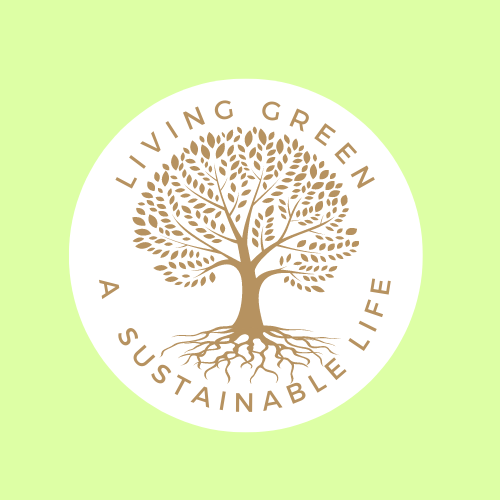


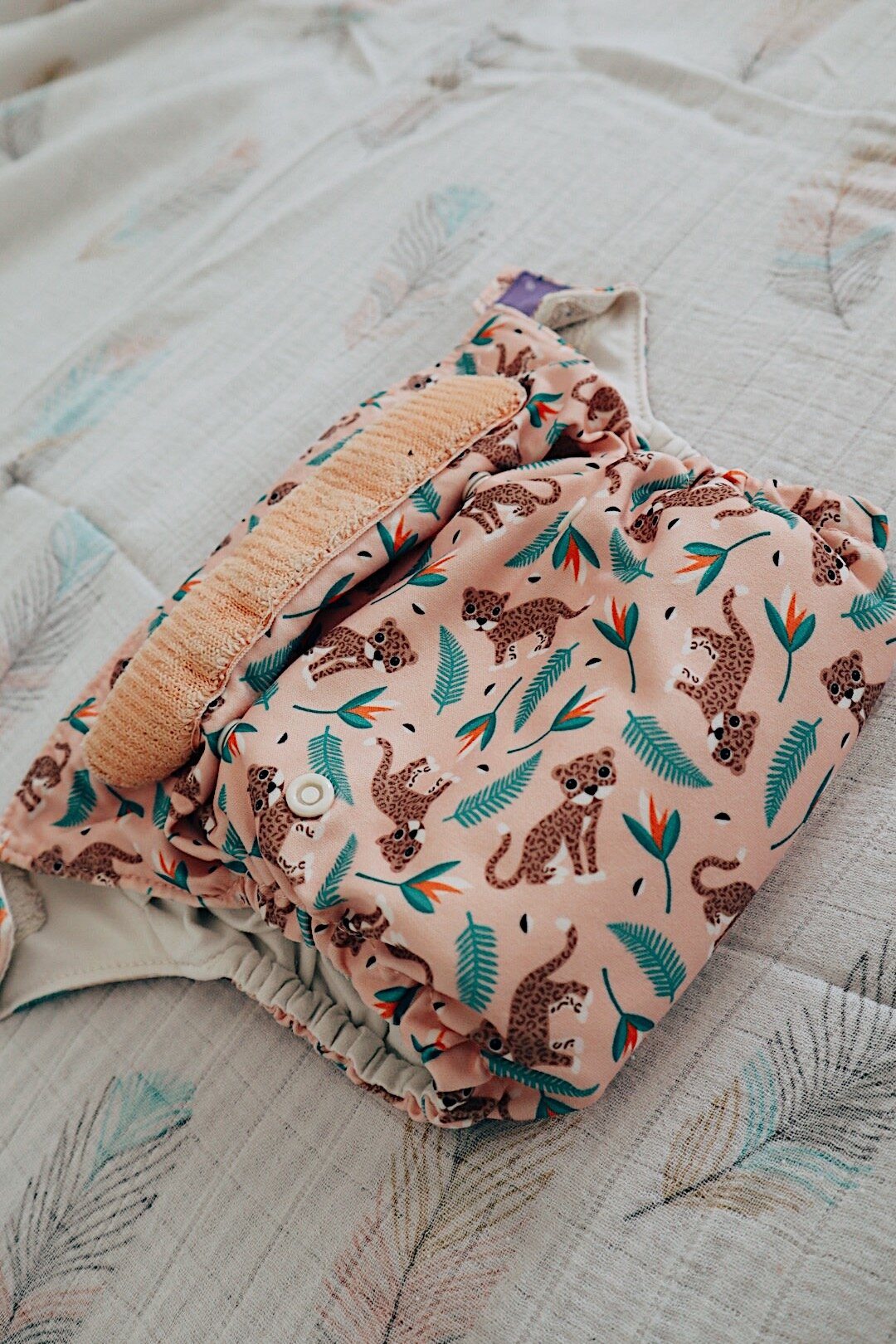
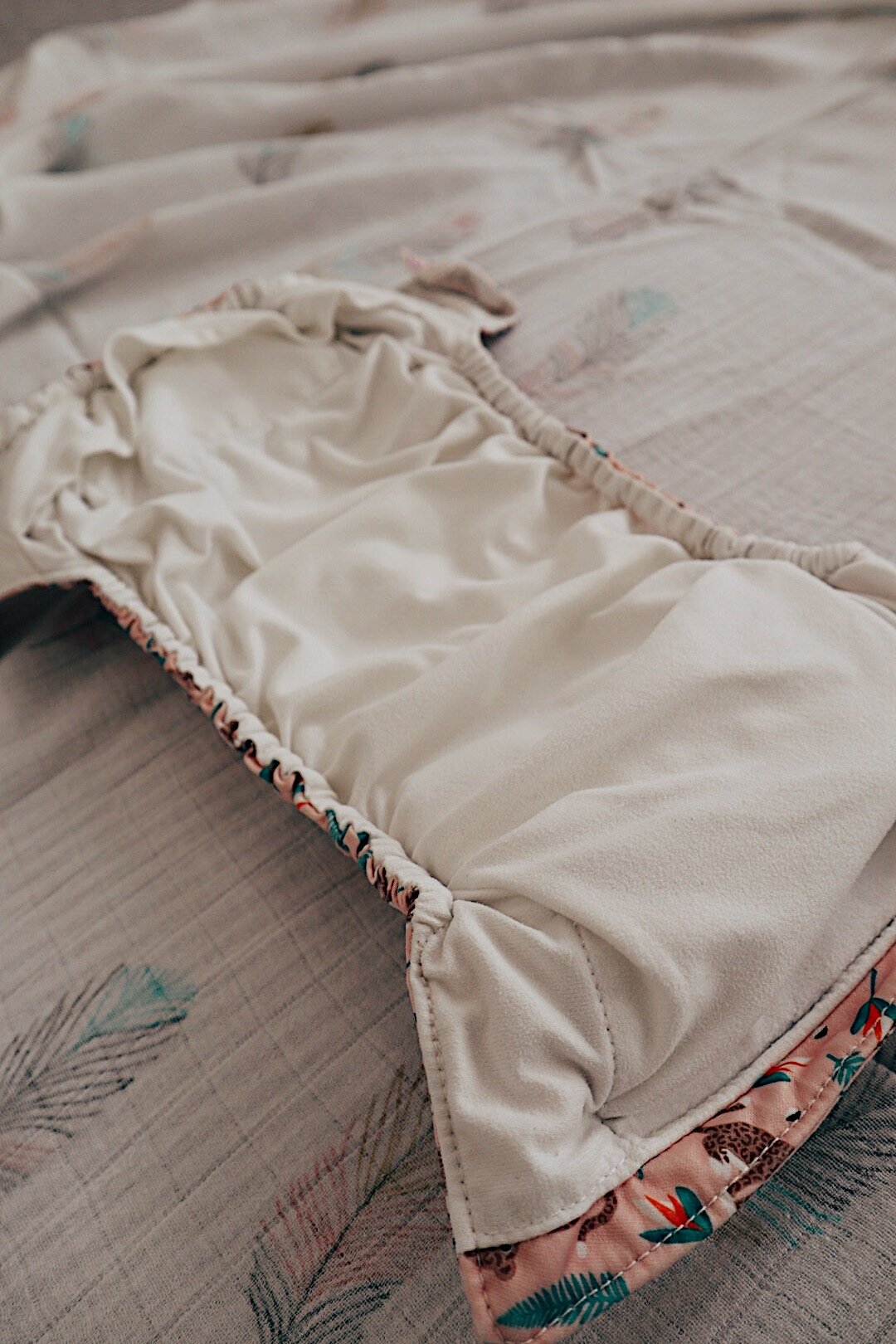
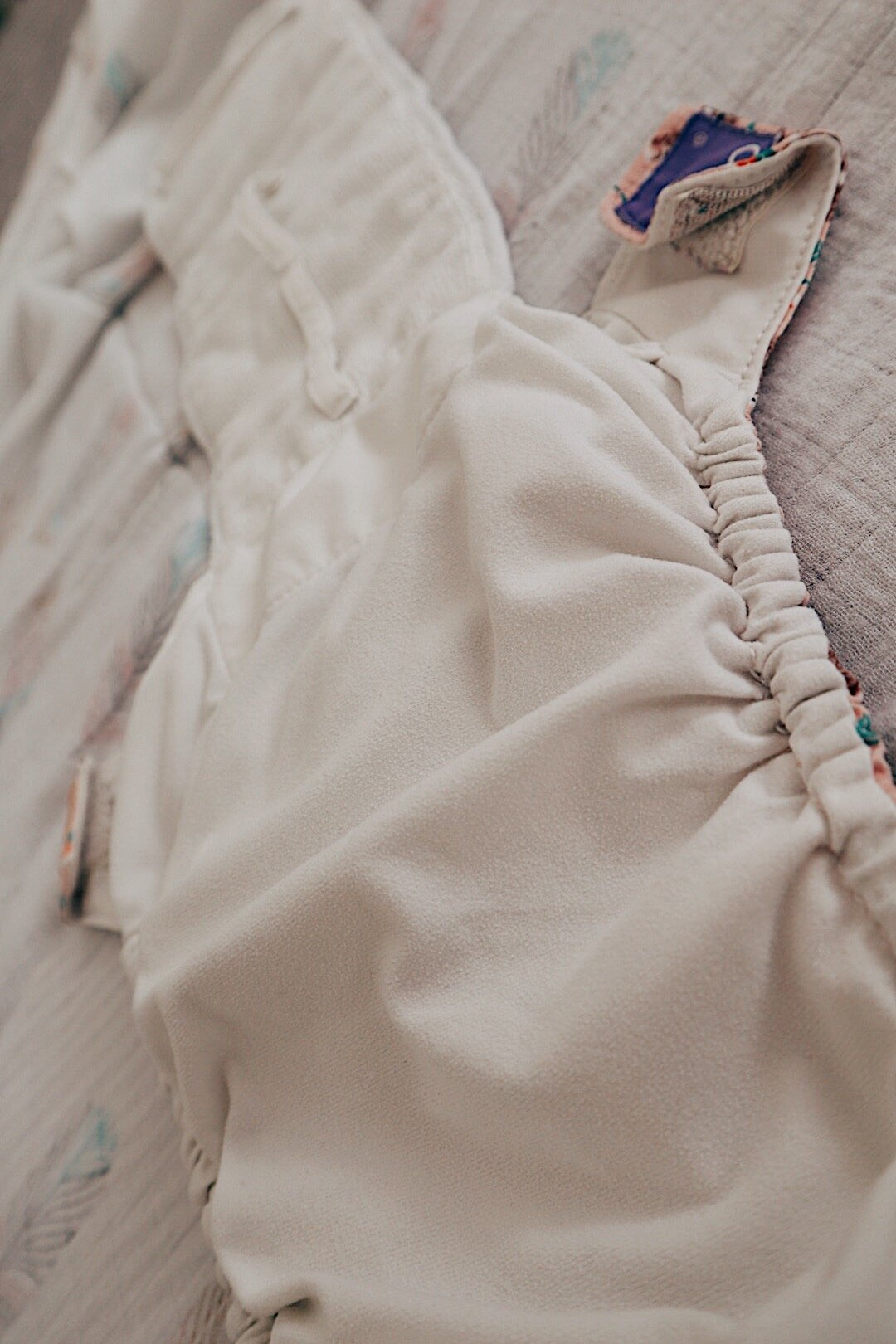
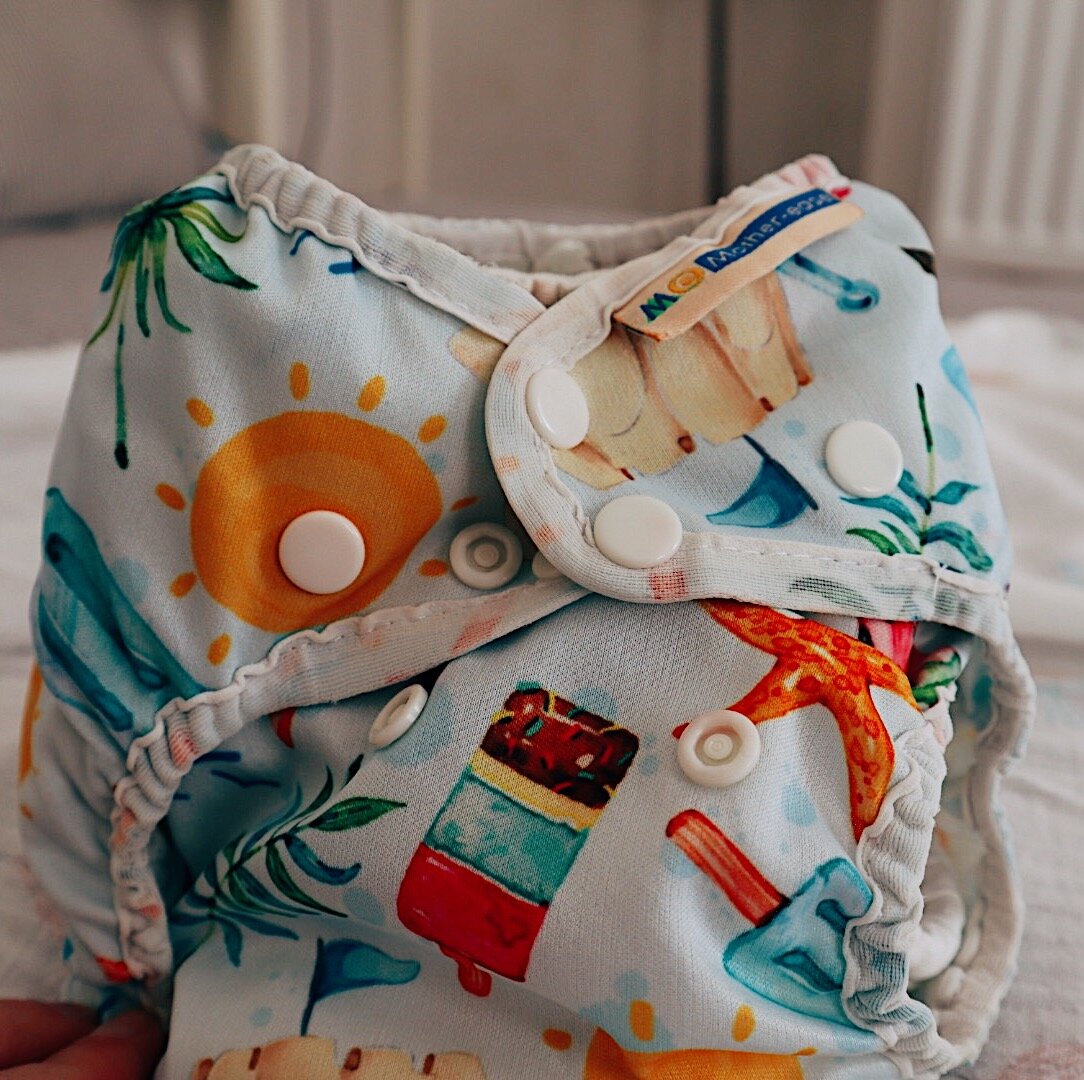

















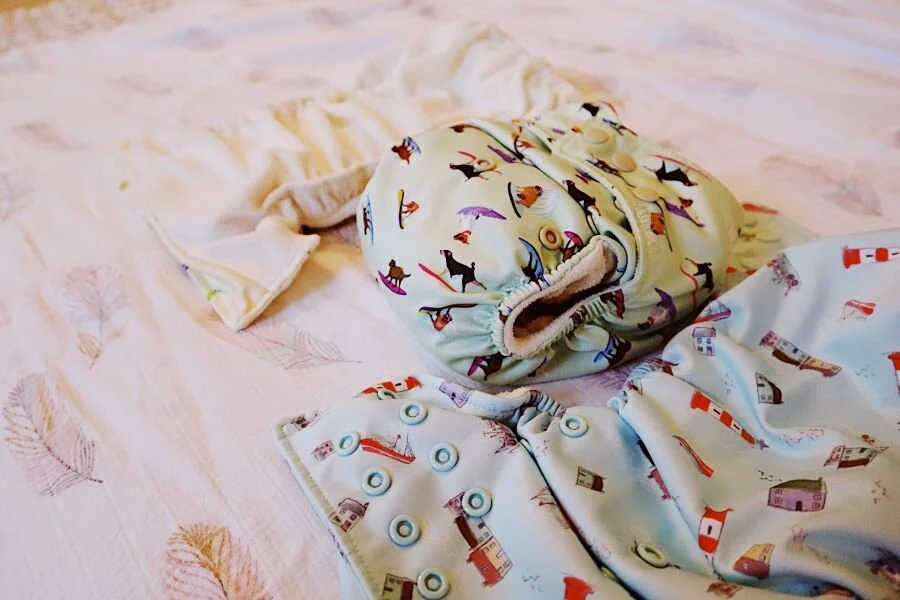
How many cloth nappies will you need to go full time and ditch the disposables for good?